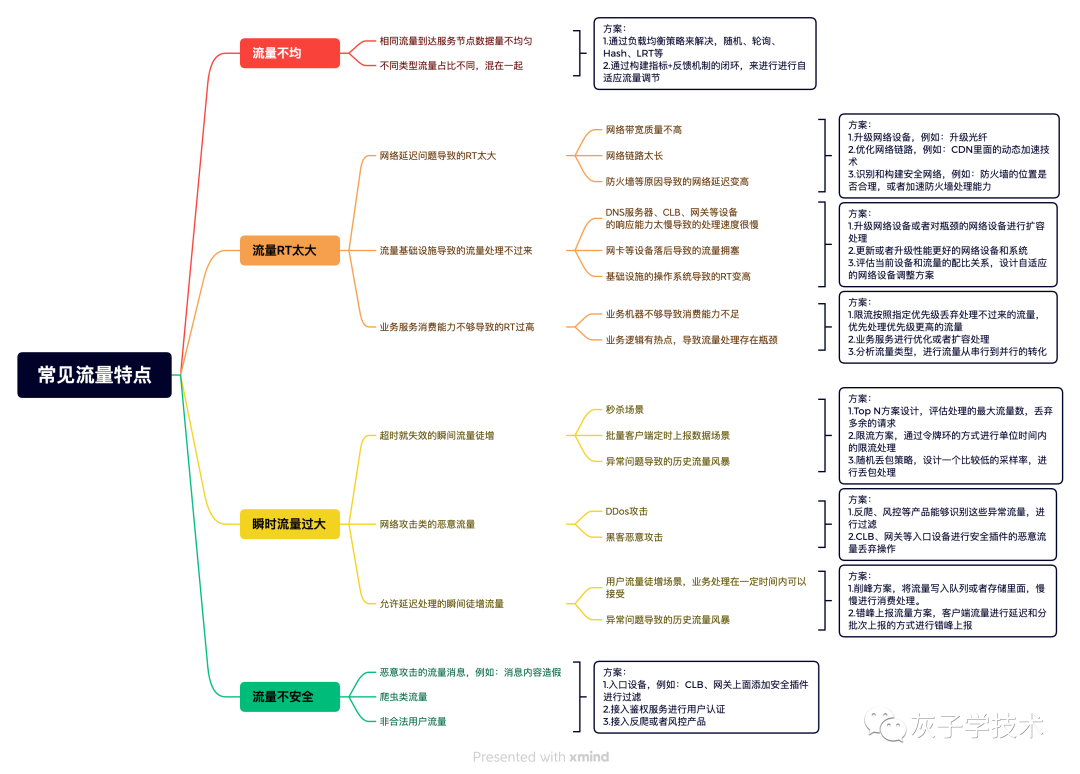事务的传播行为和隔离级别[transaction behavior and isolated level]
Spring中事务的定义:
转自: http://zhangli-lisa.iteye.com/blog/438323
一、Propagation :
key属性确定代理应该给哪个方法增加事务行为。这样的属性最重要的部份是传播行为。有以下选项可供使用:
PROPAGATION_REQUIRED--支持当前事务,如果当前没有事务,就新建一个事务。这是最常见的选择。
PROPAGATION_SUPPORTS--支持当前事务,如果当前没有事务,就以非事务方式执行。
PROPAGATION_MANDATORY--支持当前事务,如果当前没有事务,就抛出异常。
PROPAGATION_REQUIRES_NEW--新建事务,如果当前存在事务,把当前事务挂起。
PROPAGATION_NOT_SUPPORTED--以非事务方式执行操作,如果当前存在事务,就把当前事务挂起。
PROPAGATION_NEVER--以非事务方式执行,如果当前存在事务,则抛出异常。
很多人看到事务的传播行为属性都不甚了解,我昨晚看了j2ee without ejb的时候,看到这里也不了解,甚至重新翻起数据库系统的教材书,但是也没有找到对这个的分析。今天搜索,找到一篇极好的分析文章,虽然这篇文章是重点分析PROPAGATION_REQUIRED 和 PROPAGATION_REQUIRED_NESTED的
解惑 spring 嵌套事务
/**
* @author 王政
* @date 2006-11-24
* @note 转载自http://www.iteye.com/topic/35907?page=1
*/
********TransactionDefinition 接口定义*******************
/**
* Support a current transaction, create a new one if none exists.
* Analogous to EJB transaction attribute of the same name.
*
This is typically the default setting of a transaction definition.
*/
int PROPAGATION_REQUIRED = 0;
/**
* Support a current transaction, execute non-transactionally if none exists.
* Analogous to EJB transaction attribute of the same name.
*
Note: For transaction managers with transaction synchronization,
* PROPAGATION_SUPPORTS is slightly different from no transaction at all,
* as it defines a transaction scopp that synchronization will apply for.
* As a consequence, the same resources (JDBC Connection, Hibernate Session, etc)
* will be shared for the entire specified scope. Note that this depends on
* the actual synchronization configuration of the transaction manager.
* @see org.springframework.transaction.support.AbstractPlatformTransactionManager#setTransactionSynchronization
*/
int PROPAGATION_SUPPORTS = 1;
/**
* Support a current transaction, throw an exception if none exists.
* Analogous to EJB transaction attribute of the same name.
*/
int PROPAGATION_MANDATORY = 2;
/**
* Create a new transaction, suspend the current transaction if one exists.
* Analogous to EJB transaction attribute of the same name.
*
Note: Actual transaction suspension will not work on out-of-the-box
* on all transaction managers. This in particular applies to JtaTransactionManager,
* which requires the javax.transaction.TransactionManager to be
* made available it to it (which is server-specific in standard J2EE).
* @see org.springframework.transaction.jta.JtaTransactionManager#setTransactionManager
*/
int PROPAGATION_REQUIRES_NEW = 3;
/**
* Execute non-transactionally, suspend the current transaction if one exists.
* Analogous to EJB transaction attribute of the same name.
*
Note: Actual transaction suspension will not work on out-of-the-box
* on all transaction managers. This in particular applies to JtaTransactionManager,
* which requires the javax.transaction.TransactionManager to be
* made available it to it (which is server-specific in standard J2EE).
* @see org.springframework.transaction.jta.JtaTransactionManager#setTransactionManager
*/
int PROPAGATION_NOT_SUPPORTED = 4;
/**
* Execute non-transactionally, throw an exception if a transaction exists.
* Analogous to EJB transaction attribute of the same name.
*/
int PROPAGATION_NEVER = 5;
/**
* Execute within a nested transaction if a current transaction exists,
* behave like PROPAGATION_REQUIRED else. There is no analogous feature in EJB.
*
Note: Actual creation of a nested transaction will only work on specific
* transaction managers. Out of the box, this only applies to the JDBC
* DataSourceTransactionManager when working on a JDBC 3.0 driver.
* Some JTA providers might support nested transactions as well.
* @see org.springframework.jdbc.datasource.DataSourceTransactionManager
*/
int PROPAGATION_NESTED = 6;
*************************************************************************
在这篇文章里,他用两个嵌套的例子辅助分析,我这里直接引用了。
********************sample***********************
ServiceA {
/**
* 事务属性配置为 PROPAGATION_REQUIRED
*/
void methodA() {
ServiceB.methodB();
}
}
ServiceB {
/**
* 事务属性配置为 PROPAGATION_REQUIRED
*/
void methodB() {
}
}
*************************************************
我们这里一个个分析吧
1: PROPAGATION_REQUIRED
加入当前正要执行的事务不在另外一个事务里,那么就起一个新的事务
比如说,ServiceB.methodB的事务级别定义为PROPAGATION_REQUIRED, 那么由于执行ServiceA.methodA的时候,
ServiceA.methodA已经起了事务,这时调用ServiceB.methodB,ServiceB.methodB看到自己已经运行在ServiceA.methodA
的事务内部,就不再起新的事务。而假如ServiceA.methodA运行的时候发现自己没有在事务中,他就会为自己分配一个事务。
这样,在ServiceA.methodA或者在ServiceB.methodB内的任何地方出现异常,事务都会被回滚。即使ServiceB.methodB的事务已经被
提交,但是ServiceA.methodA在接下来fail要回滚,ServiceB.methodB也要回滚
2: PROPAGATION_SUPPORTS
如果当前在事务中,即以事务的形式运行,如果当前不再一个事务中,那么就以非事务的形式运行
这就跟平常用的普通非事务的代码只有一点点区别了。不理这个,因为我也没有觉得有什么区别
3: PROPAGATION_MANDATORY
必须在一个事务中运行。也就是说,他只能被一个父事务调用。否则,他就要抛出异常。
4: PROPAGATION_REQUIRES_NEW
这个就比较绕口了。 比如我们设计ServiceA.methodA的事务级别为PROPAGATION_REQUIRED,ServiceB.methodB的事务级别为PROPAGATION_REQUIRES_NEW,
那么当执行到ServiceB.methodB的时候,ServiceA.methodA所在的事务就会挂起,ServiceB.methodB会起一个新的事务,等待ServiceB.methodB的事务完成以后,
他才继续执行。他与PROPAGATION_REQUIRED 的事务区别在于事务的回滚程度了。因为ServiceB.methodB是新起一个事务,那么就是存在
两个不同的事务。如果ServiceB.methodB已经提交,那么ServiceA.methodA失败回滚,ServiceB.methodB是不会回滚的。如果ServiceB.methodB失败回滚,
如果他抛出的异常被ServiceA.methodA捕获,ServiceA.methodA事务仍然可能提交。
5: PROPAGATION_NOT_SUPPORTED
当前不支持事务。比如ServiceA.methodA的事务级别是PROPAGATION_REQUIRED ,而ServiceB.methodB的事务级别是PROPAGATION_NOT_SUPPORTED ,
那么当执行到ServiceB.methodB时,ServiceA.methodA的事务挂起,而他以非事务的状态运行完,再继续ServiceA.methodA的事务。
6: PROPAGATION_NEVER
不能在事务中运行。假设ServiceA.methodA的事务级别是PROPAGATION_REQUIRED, 而ServiceB.methodB的事务级别是PROPAGATION_NEVER ,
那么ServiceB.methodB就要抛出异常了。
7: PROPAGATION_NESTED
理解Nested的关键是savepoint。他与PROPAGATION_REQUIRES_NEW的区别是,PROPAGATION_REQUIRES_NEW另起一个事务,将会与他的父事务相互独立,
而Nested的事务和他的父事务是相依的,他的提交是要等和他的父事务一块提交的。也就是说,如果父事务最后回滚,他也要回滚的。
而Nested事务的好处是他有一个savepoint。
*****************************************
ServiceA {
/**
* 事务属性配置为 PROPAGATION_REQUIRED
*/
void methodA() {
try {
//savepoint
ServiceB.methodB(); //PROPAGATION_NESTED 级别
} catch (SomeException) {
// 执行其他业务, 如 ServiceC.methodC();
}
}
}
********************************************
也就是说ServiceB.methodB失败回滚,那么ServiceA.methodA也会回滚到savepoint点上,ServiceA.methodA可以选择另外一个分支,比如
ServiceC.methodC,继续执行,来尝试完成自己的事务。
但是这个事务并没有在EJB标准中定义。
二、Isolation Level(事务隔离等级):
1、Serializable:最严格的级别,事务串行执行,资源消耗最大;
2、REPEATABLE READ:保证了一个事务不会修改已经由另一个事务读取但未提交(回滚)的数据。避免了“脏读取”和“不可重复读取”的情况,但是带来了更多的性能损失。
3、READ COMMITTED:大多数主流数据库的默认事务等级,保证了一个事务不会读到另一个并行事务已修改但未提交的数据,避免了“脏读取”。该级别适用于大多数系统。
4、Read Uncommitted:保证了读取过程中不会读取到非法数据。
隔离级别在于处理多事务的并发问题。
我们知道并行可以提高数据库的吞吐量和效率,但是并不是所有的并发事务都可以并发运行,这需要查看数据库教材的可串行化条件判断了。
这里就不阐述。
我们首先说并发中可能发生的3中不讨人喜欢的事情
1: Dirty reads--读脏数据。也就是说,比如事务A的未提交(还依然缓存)的数据被事务B读走,如果事务A失败回滚,会导致事务B所读取的的数据是错误的。
2: non-repeatable reads--数据不可重复读。比如事务A中两处读取数据-total-的值。在第一读的时候,total是100,然后事务B就把total的数据改成200,事务A再读一次,结果就发现,total竟然就变成200了,造成事务A数据混乱。
3: phantom reads--幻象读数据,这个和non-repeatable reads相似,也是同一个事务中多次读不一致的问题。但是non-repeatable reads的不一致是因为他所要取的数据集被改变了(比如total的数据),但是phantom reads所要读的数据的不一致却不是他所要读的数据集改变,而是他的条件数据集改变。比如Select account.id where account.name="ppgogo*",第一次读去了6个符合条件的id,第二次读取的时候,由于事务b把一个帐号的名字由"dd"改成"ppgogo1",结果取出来了7个数据。
Dirty reads non-repeatable reads phantom reads
Serializable 不会 不会 不会
REPEATABLE READ 不会 不会 会
READ COMMITTED 不会 会 会
Read Uncommitted 会 会 会
三、readOnly
事务属性中的readOnly标志表示对应的事务应该被最优化为只读事务。这是一个最优化提示。在一些情况下,一些事务策略能够起到显著的最优化效果,例如在使用Object/Relational映射工具(如:Hibernate或TopLink)时避免dirty checking(试图“刷新”)。
四、Timeout
在事务属性中还有定义“timeout”值的选项,指定事务超时为几秒。在JTA中,这将被简单地传递到J2EE服务器的事务协调程序,并据此得到相应的解释。

